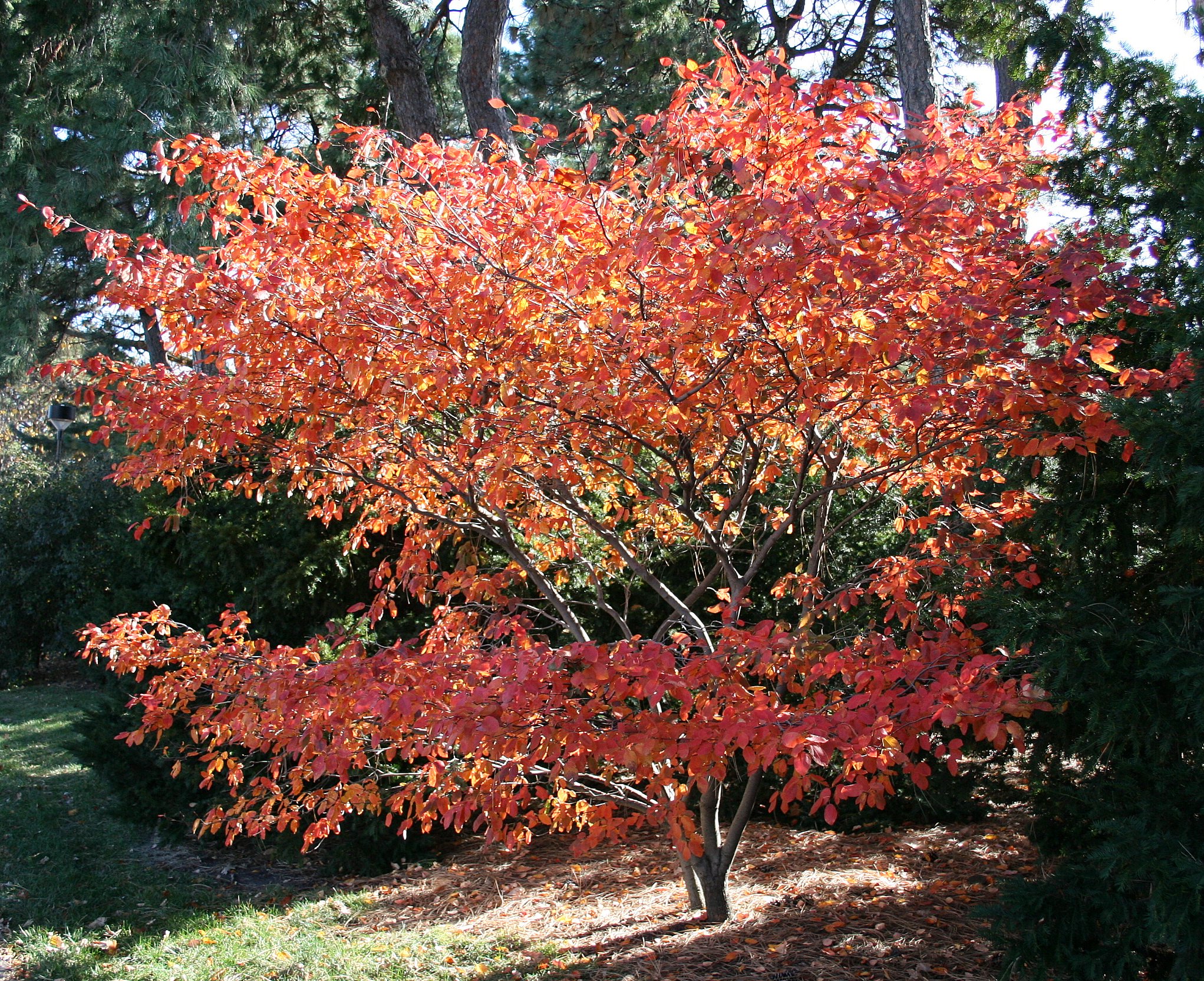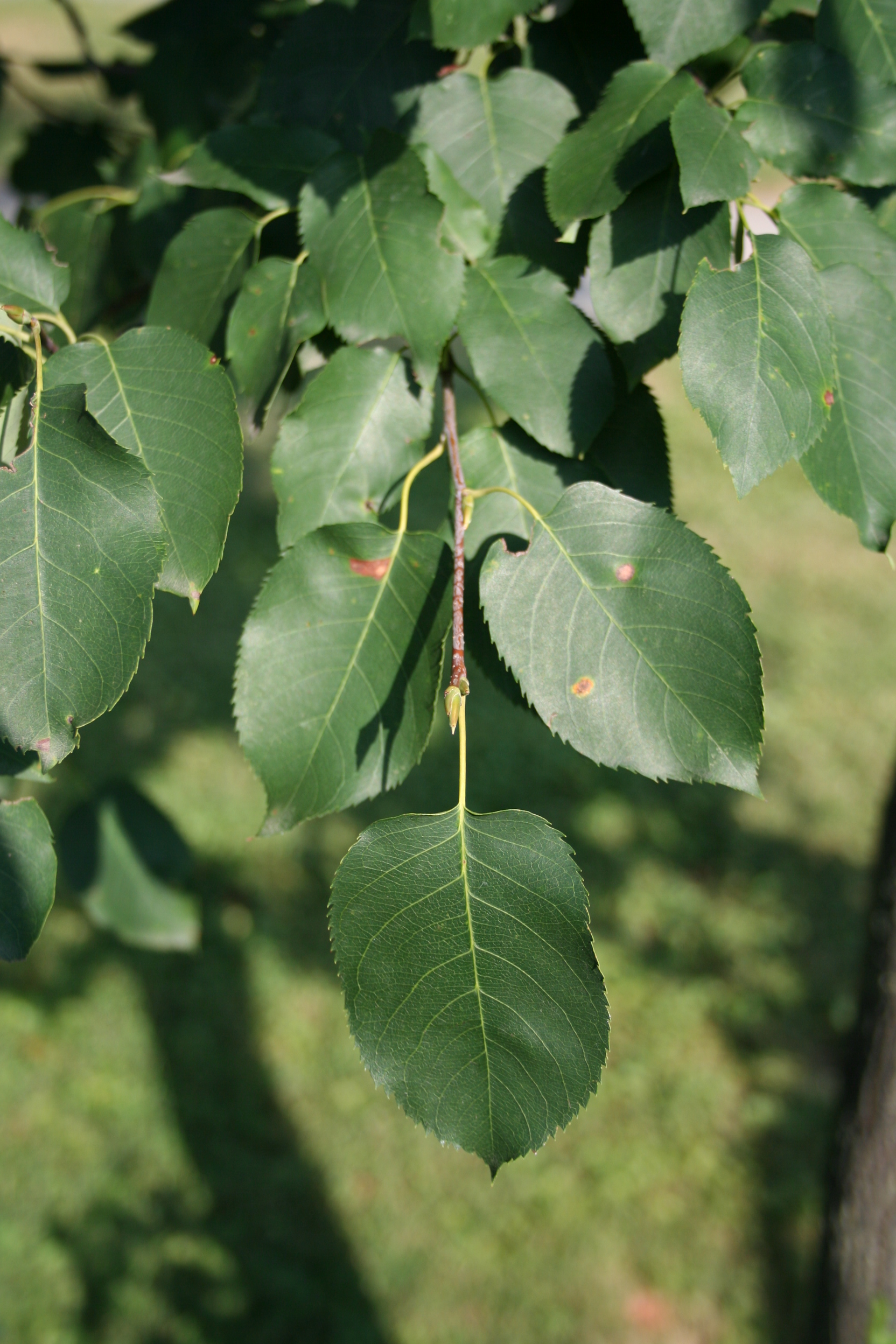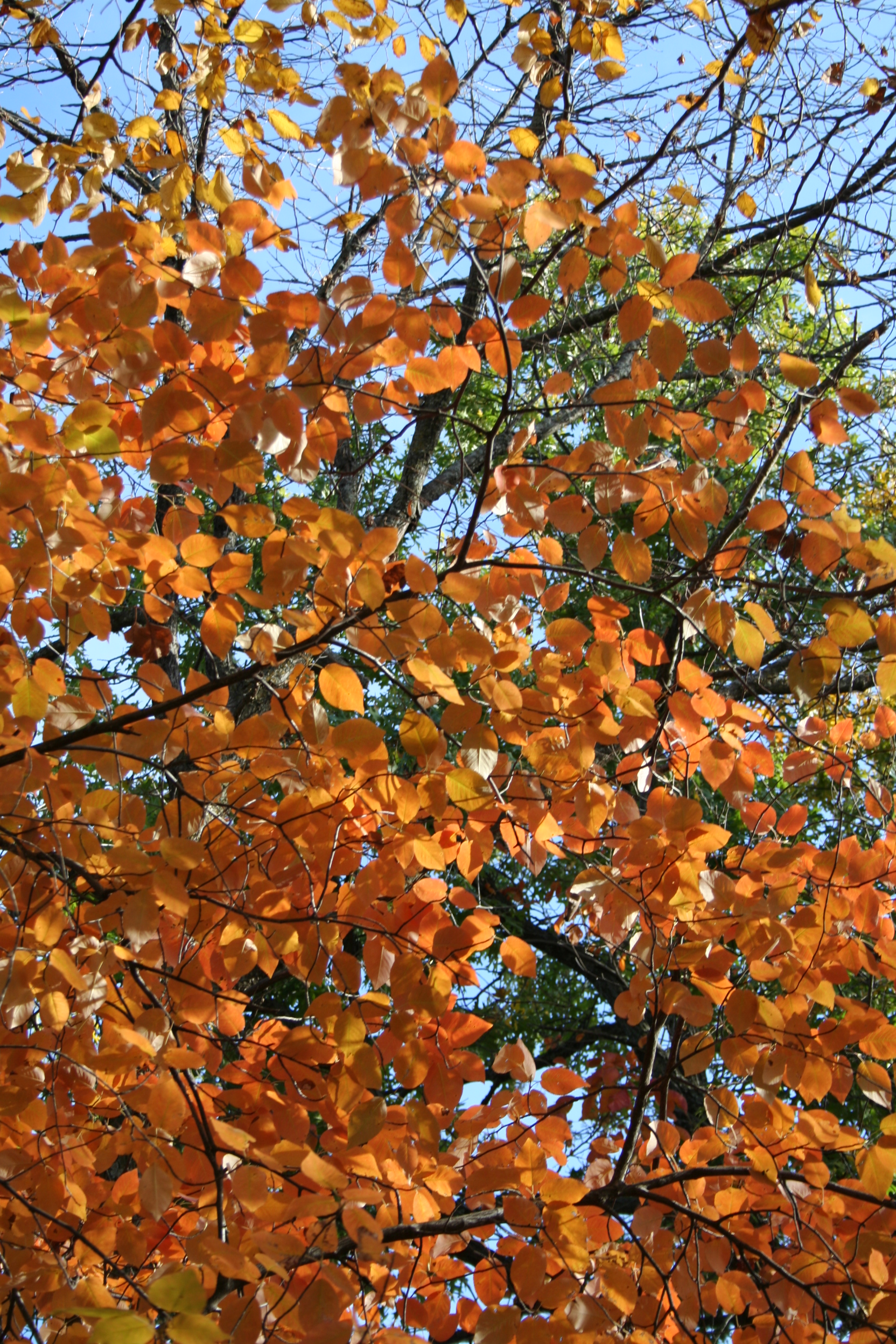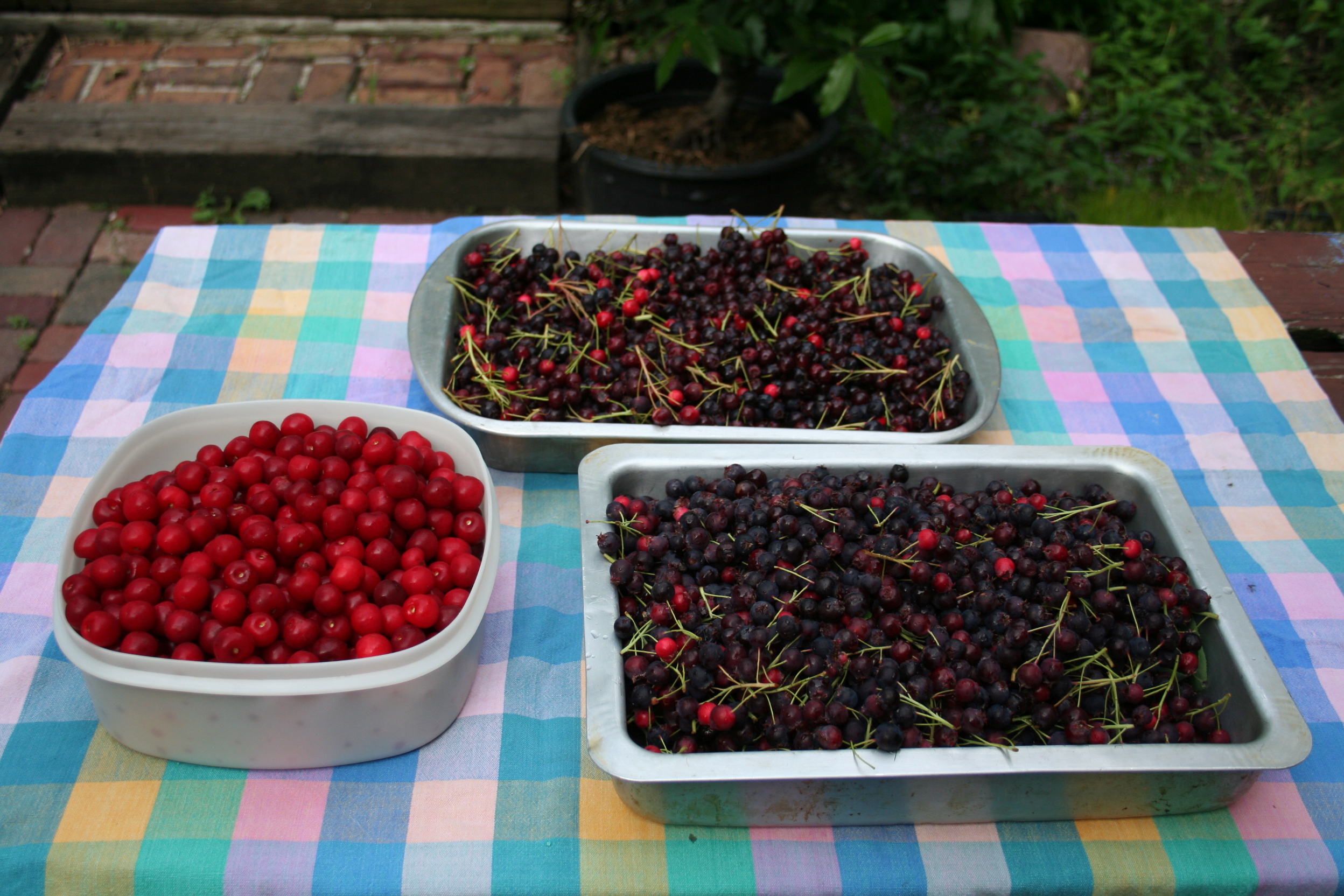Serviceberry, Downy (Juneberry)
Amelanchier arborea, Deciduous
Downy serviceberry is a small forest understory tree native to much of the eastern US and reaching its western limit in southeast Nebraska along the Missouri River. It is occasionally used as a landscape ornamental.

Where To Grow

Size at Maturity
| Tree Height | Tree Spread |
| 15-20' | 15-20' |
Tree Characteristics
Downy serviceberry is an early-flowering, large shrub or small tree which typically grows 15-25' tall in cultivation but can reach 40' in the wild. Its showy white flowers appear in drooping clusters before the leaves emerge in early spring. The finely-toothed, obovate leaves turn a nice orange-red in the fall. Flowers give way to small, round berries which start red and finally mature to a dark purplish-black in early summer. The berries often ripen in June giving rise to another common name of Juneberry.
Wildlife Benefits
In natural sites, early summer fruits are relished by birds and mammals, while the thick canopy is a frequent nesting site for small birds.
Utilization
These delicious berries resemble blueberries in size and color and are often used in jams, jellies, and pies. There are some interesting beverages that can also be created!
| Serviceberry Jelly |
|
3.5 cups serviceberry juice* 2 tbsp lemon juice 6 tbsp pectin 5 cups granulated sugar** |
|
|
*Cherry juice is a tasty substitute if you aren't able to collect enough serviceberry |
Additional Considerations
Serviceberry can be grown in full sun but does best with some late afternoon shade. Mildews and rusts can deform the fruits in wet years. Birds love the fruits and often pick the tree clean almost immediately after they ripen. Bird netting can be used to prevent this.
Related species
There are several species of serviceberry native to North America. Some that can be grown in Nebraska include:
- Allegheny serviceberry (Amelanchier laevis) is a northeast US native and very similar to downy serviceberry.
- Apple serviceberry (Amelanchier x grandiflora) is a hybrid between downy serviceberry and Allegheny serviceberry with several cultivars on the market including the fairly common ‘Autumn Brilliance’, selected for its brilliant orange-red fall color.
- Saskatoon serviceberry (Amelanchier alnifolia) is native to much of the northwest US and Canada and is native to northern Nebraska along the Niobrara River. It is typically a shrubby species and is cultivated for its large sweet fruits.
Interesting Facts
The common name “downy” refers to the downy hairs on its winter buds. Serviceberries are known to be several common names including shadbush (because they often bloom when shad fish are spawning), and Juneberry because the fruits often ripen in June.


